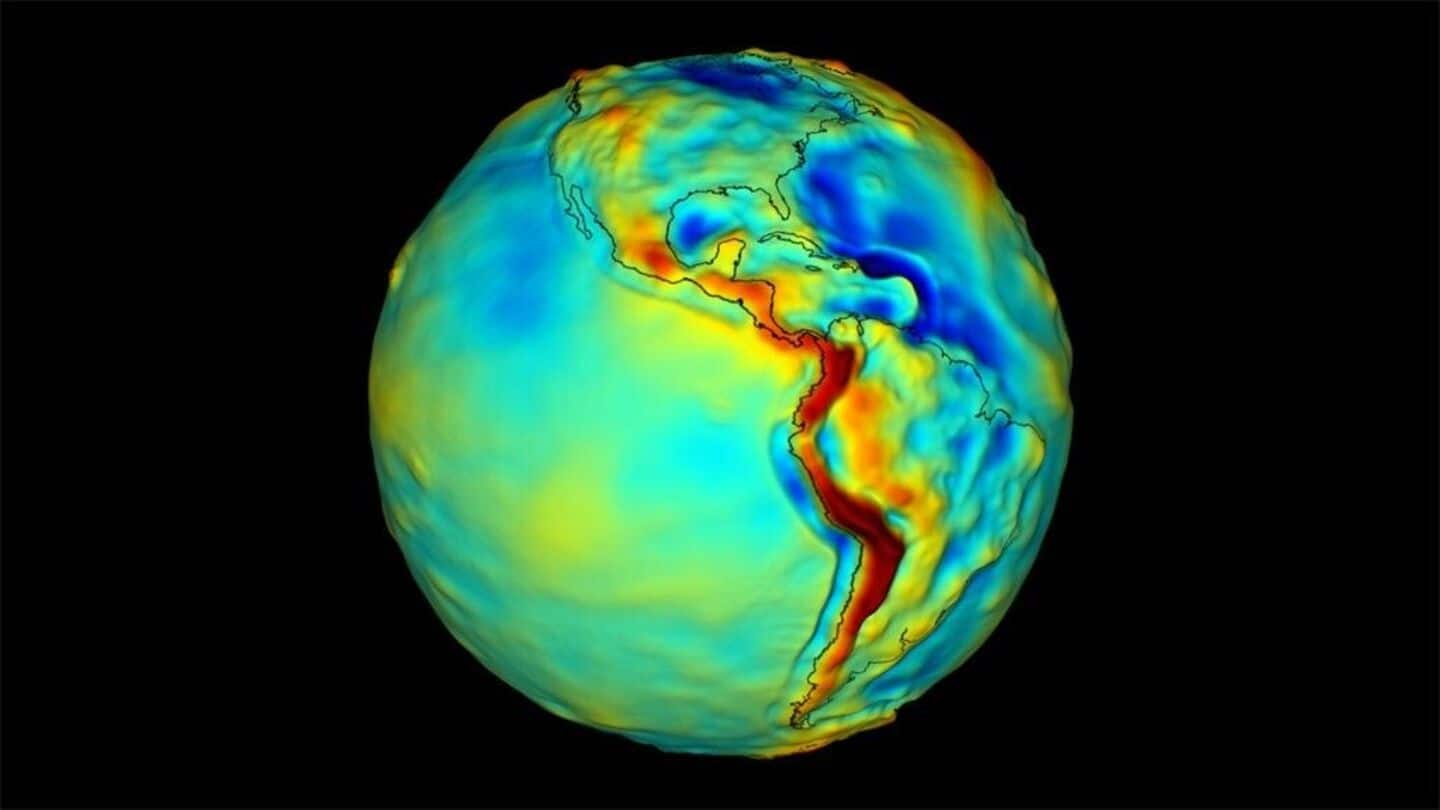How NASA's space-based quantum sensor will detect Earth's gravity shifts
What's the story
NASA aims to advance the field of quantum sensing with its upcoming mission, the Quantum Gravity Gradiometer Pathfinder (QGGPf).
The project, supported by NASA's Earth Science Technology Office (ESTO), is a collaboration between the agency's Jet Propulsion Laboratory in Southern California, private companies, and academic institutions.
The main aim of this effort is to create a space-based quantum sensor for measuring gravity accurately.
It will also pave the way for finding everything from petroleum reserves to fresh water.
Gravity dynamics
Understanding Earth's ever-changing gravitational field
Earth's gravitational field is not constant; it varies on a daily basis due to geologic processes that redistribute mass across the planet's surface.
This dynamic nature of gravity is subtle and often goes unnoticed in our day-to-day lives.
However, scientists use sensitive tools called gravity gradiometers to map these nuances and correlate them with subterranean features like aquifers and mineral deposits.
Quantum sensor
QGGPf: A new approach to measuring gravity
Objects fall faster where gravity is stronger, and that's the key to measuring it. The QGGPf will employ two clouds of ultra-cold rubidium atoms as test masses.
These particles, which are cooled to a temperature close to -273 °C, act like waves.
The quantum gravity gradiometer will detect the difference in acceleration of these matter waves to find gravitational anomalies.
Using ultra-cold atoms as test masses is a reliable way to keep gravity readings accurate in space over time.
Design
Compact and sensitive: The QGGPf instrument
These atoms work well because they don't wear out or drift, and they allow scientists to measure gravity with a smaller, more compact device on just one spacecraft.
The QGGPf will have a volume of about 0.25m3 and a weight of 125kg. This is a major improvement over conventional space-based gravity instruments.
Quantum sensors also promise enhanced sensitivity, with estimates indicating that a science-grade quantum gravity gradiometer could be 10 times more sensitive than classical sensors at measuring gravity.
Technology validation
Advancing quantum technology: The pathfinder mission
The main goal of this technology validation mission, which is set to launch toward the end of the decade, is to test a suite of new technologies for controlling the interaction between light and matter at the atomic level.
"No one has tried to fly one of these instruments yet," said Ben Stray, a postdoctoral researcher at JPL. "We need to fly it so that we can figure out how well it will operate."
Teamwork
Collaboration and future implications of QGGPf
The development of this quantum sensor is a result of major collaborations between NASA and small businesses.
The JPL team is collaborating with AOSense and Infleqtion to develop the sensor head technology.
Meanwhile, NASA's Goddard Space Flight Center in Maryland is working with Vector Atomic to develop the laser optical system.
"The QGGPf instrument will lead to planetary science applications and fundamental physics applications," said Jason Hyon, chief technologist for Earth Science at JPL.
